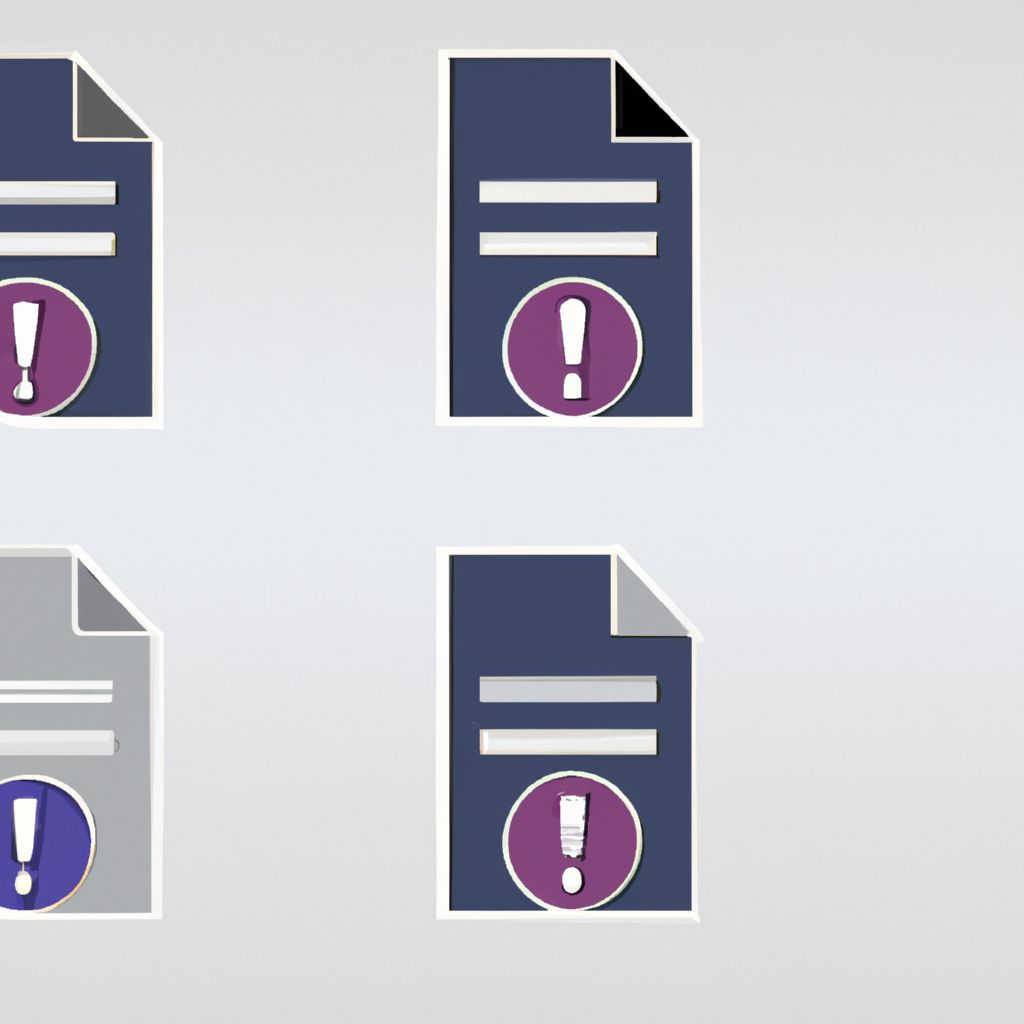The Importance of a Clear Security Assessment Report
A security assessment, whether it's a vulnerability scan, penetration test, or compliance audit, generates valuable data. However, the true value lies in how effectively that data is communicated. The security assessment report is the primary vehicle for conveying findings, risks, and recommendations to stakeholders. A poorly structured or unclear report can lead to confusion, inaction, and ultimately, continued exposure to risk. Conversely, a well-crafted report format ensures findings are understood, prioritized, and acted upon, driving tangible security improvements.
The goal of the report isn't just to list vulnerabilities; it's to provide context, assess risk accurately, and offer clear guidance for remediation. This requires a format that caters to different audiences, from high-level executives to technical remediation teams.
Understanding Your Audience
Security assessment reports typically have multiple audiences:
- Executive Leadership (C-Suite, Directors): Need a high-level understanding of the overall risk posture, potential business impact, key findings, and strategic recommendations. They require concise summaries and clear risk ratings.
- IT Management: Need more technical detail than executives but still require context regarding business impact and prioritization. They oversee the remediation efforts.
- Technical Staff (System Admins, Developers): Need specific, actionable details to reproduce findings and implement fixes. This includes technical descriptions, evidence, and precise remediation steps.
A good report format accommodates these different needs, often through distinct sections like an executive summary and detailed technical findings.
Essential Components of a Security Assessment Report
While the specifics may vary based on the assessment type, a comprehensive report format generally includes:
- Cover Page: Title, assessment dates, report date, client name, assessor name/company.
- Table of Contents: For easy navigation, especially in longer reports.
- Executive Summary:
- Brief overview of the assessment scope and objectives.
- High-level summary of the overall security posture (e.g., risk level).
- Synopsis of the most critical findings and their potential business impact.
- Summary of key strategic recommendations.
- Language should be non-technical and business-focused.
- Scope and Objectives:
- Clearly defined boundaries of the assessment (e.g., IP ranges, applications, physical locations).
- Specific goals the assessment aimed to achieve.
- Assessment timeframe (start and end dates).
- Methodology:
- Description of the techniques used (e.g., network scanning, web app testing, social engineering, configuration review, interviews).
- Tools utilized (e.g., Nessus, Burp Suite, Nmap, custom scripts).
- Any limitations encountered during the assessment.
- Explanation of the risk rating methodology (e.g., CVSS v3.1, DREAD, custom matrix combining likelihood and impact).
- Findings: This is the core technical section. Each finding should typically include:
- Finding Title/ID: A clear, concise name and unique identifier.
- Description: Detailed explanation of the vulnerability or weakness.
- Affected Assets: Specific hosts, applications, URLs, parameters, or locations affected.
- Risk Rating: Assigned severity (e.g., Critical, High, Medium, Low, Informational) based on the defined methodology. Justification for the rating.
- Evidence: Proof of the finding (e.g., screenshots, command output, logs, steps to reproduce). Redact sensitive data appropriately.
- Remediation Recommendations: Specific, actionable steps to fix the vulnerability. May include short-term mitigation and long-term solutions. Prioritize recommendations.
- References: Links to relevant CVEs, OWASP pages, vendor advisories, or best practice guides.
- Overall Risk Analysis: A summary consolidating the risks identified, potentially mapping them to business impacts or compliance requirements. May include charts or graphs showing the distribution of findings by severity.
- Recommendations Summary: A consolidated list or table of all recommendations, often prioritized by risk rating, for easy tracking.
- Conclusion: Brief recap of the assessment's outcome and suggested next steps (e.g., remediation planning meeting, re-testing).
- Appendices (Optional): Raw tool output, detailed logs, glossary of terms, contact information.
Best Practices for Report Formatting
- Clarity & Conciseness: Use clear language. Avoid excessive jargon, especially in summaries. Get straight to the point.
- Visual Aids: Employ tables, charts (e.g., pie charts for severity distribution), and graphs to present data effectively. Ensure visuals are clearly labeled and easy to understand.
- Consistency: Use consistent terminology, formatting, and risk rating scales throughout the report.
- Actionability: Focus recommendations on how to fix the problem, not just what the problem is.
- Prioritization: Clearly distinguish between critical issues needing immediate attention and lower-priority items.
- Objectivity: Present findings factually and avoid overly alarming or dismissive language.
- Professionalism: Ensure proper grammar, spelling, and a clean layout.
Conclusion
The format of a security assessment report is just as crucial as the assessment itself. A well-structured, clear, and actionable report transforms technical findings into business intelligence, enabling informed decision-making and effective risk reduction. By considering the audience and incorporating these essential components and best practices, organizations can ensure their security assessment reports drive meaningful improvements to their security posture.
Disclaimer: This post represents the view of the individual author that wrote it and not necessarily the view of Rarefied Inc.
Looking for professional security testing?
Based on your interest in this topic, you might benefit from our specialized security services:
